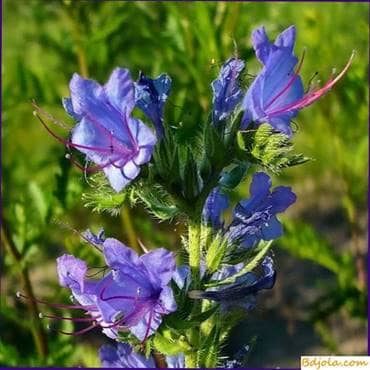
Bronchial honey belongs to first-class honey, has a light amber color, a pleasant aroma, very good taste qualities. This honey is a thick consistency, slowly crystallizes. The bees collect it from the pink and bright blue flowers of the bruise, or the blush, a plant widespread in the south of the Soviet Union. A blooming bruise is a very valuable honey plant that gives 300-400 kg of honey per hectare.
Советы для начинающего пчеловода. Вычинка шкур.
Bee Honey